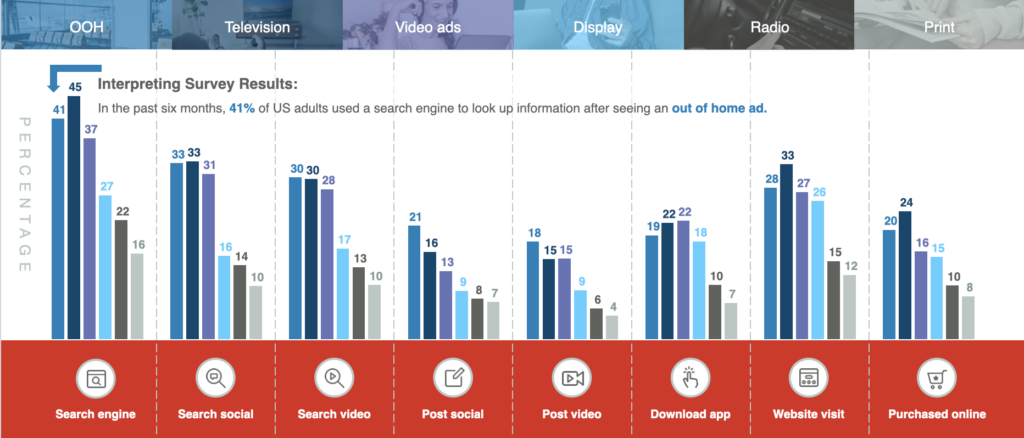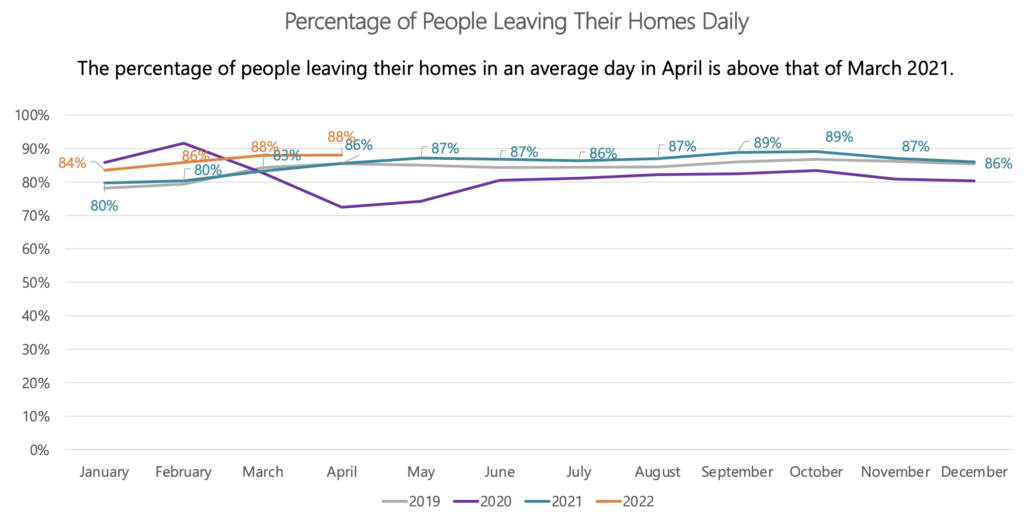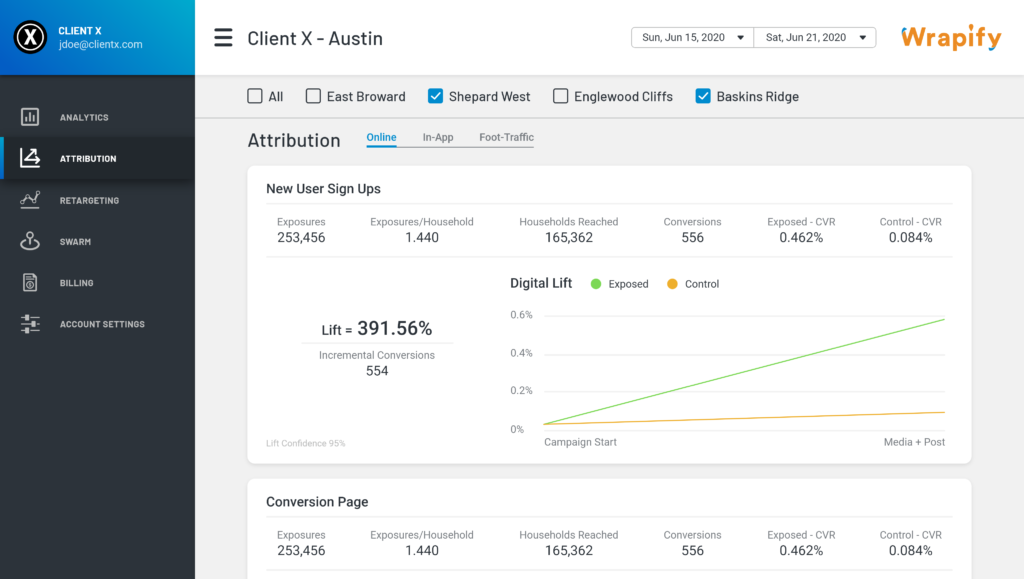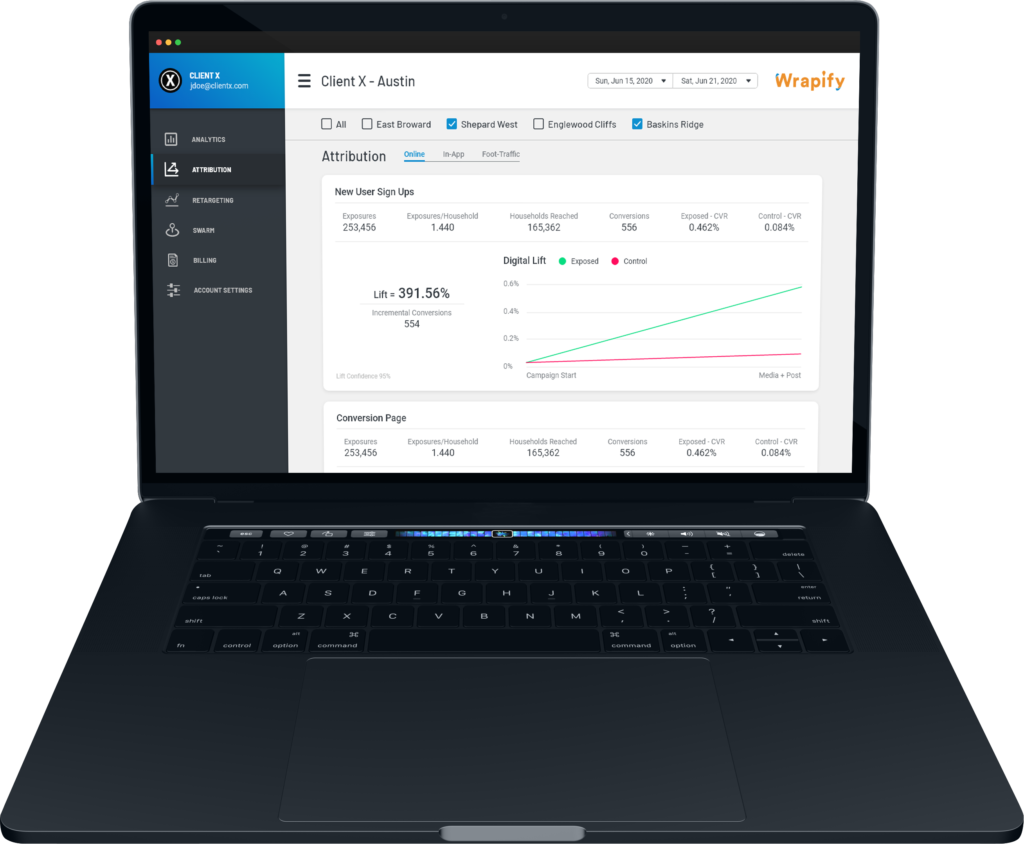INTRO
SD Loyal, a professional American Soccer Club founded in 2019 in San Diego, California had the goal of ramping up ticket sales for their 2022 season.
Prefer to see this case study in PDF form?
GOOOOOOOOOOAAAAAALS
Overall, SD Loyal aimed to:
- Increase ticket sales
- Target a new, prospective fanbase
- Showcase the club’s rich San Diegan culture to a new fanbase
CAMPAIGN SNAPSHOT
To make an even bigger impact, SD Loyal leveraged SWARM. A SWARM is when multiple wrapped vehicles gather at a specific place and time, creating a huge brand moment nobody can forget!

RESULTS
Along with increased brand awareness for the SD Loyal club, the marketing team was also impressed to see positive performance:
10%+ net lift in ticket sales from the exposed audience
This was a campaign you had to SEE to BELIEVE:
Learn More at wrapify.com/brands



